I get this question frequently. Many of us are looking at working beyond the age of 70 ½. What required distributions (RMDs) do you have to take if you continue working?
If you are participating in the retirement plan where you work and if the plan allows, you do not have to take any RMD from that plan until the year you retire. If you own 5% or more of the company, you have to take an RMD. These rules apply to most employer plans. If the plan is a SEP or a SIMPLE, you have to take the RMD since those are IRA based plans. From any plan where you are required to take a distribution, you can continue to make contributions, as long as the plan allows.
There is no exception for IRAs. Once you reach the year you turn 70 ½, you must take an RMD. You also have to take RMDs from any employer plan if you are no longer working for that employer. The “still working” exception only applies to your current employer.
When you finally do retire, quit, get fired, or laid off, you do have an RMD for the year in which you stop working, even if your last day is December 31st. You have until April 1st of the following year to take this first distribution, but if you wait until that date, you also have to take your second distribution by the end of that year. This results in your having to take two RMDs in the same year. If you die while you are still working, you are deemed to have died before your required beginning date and there is no RMD for your year of death.
By IRA Technical Consultant Beverly DeVeny and Jared Trexler
------------------------------------------------------------------------------
Comment, Question, Discussion Topic on your mind? Click on the Blue Comment Link below and leave your thoughts then check back to see what other consumers and advisors think.
*Copyright 2010 Ed Slott and Company, LLC
Wednesday, July 28, 2010
I'm Still Working; What's My RMD?
Subscribe to:
Post Comments (Atom)
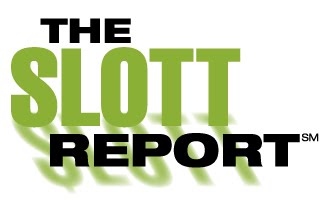

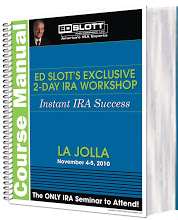
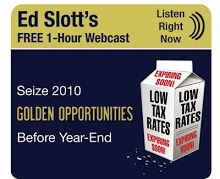

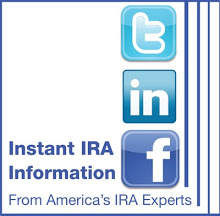




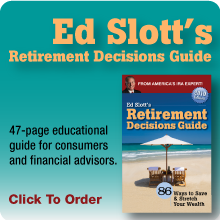





0 comments:
Post a Comment